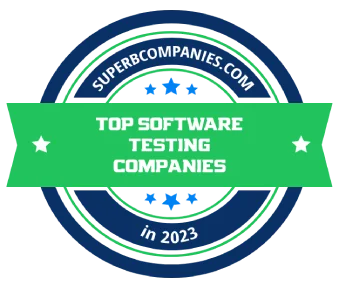Ad-hoc testing services
Complement your formal testing with ad-hoc testing to provide a well-rounded testing strategy.
Identify unexpected defects in your software by utilizing DeviQA’s 15 years of experience in ad-hoc testing, providing quick, focused tests to uncover critical issues.
Trusted by
Our solutions for your ad hoc testing challenges
With our expertise and tailored solutions, we help you overcome obstacles, optimize your testing processes, and deliver high-quality software products efficiently.

Types of ad hoc testing we perform

Our experts specialize in a variety of ad hoc testing types to ensure the smooth work of your software.
Buddy testing
This type of ad hoc testing suggests the collaborative work of a minimum of two team members, usually a developer and a QA engineer. As a rule, it is executed after unit testing. By combining the efforts of both teams, buddy testing helps ensure thorough testing and software readiness for release.
Monkey testing
Our team takes a playful yet thorough approach, simulating random inputs and interactions to uncover potential vulnerabilities and weak points in your software. Like a mischievous monkey exploring every nook and cranny, this testing type is executed to discover unforeseen issues, ensuring your software is resilient and can handle unexpected cases with ease.
Pair testing
Our seasoned testers work in pairs on the same software modules, brainstorming great ideas, sharing opinions, executing tests, and uncovering unexpected issues. This dynamic approach ensures that your software not only meets the expected requirements but also behaves adequately in unexpected situations, making it a true companion in the digital realm.

Choose your cooperation model

We understand that every business is unique, and flexibility is key when it comes to collaboration. That's why we offer three distinct models of cooperation, ensuring that you can choose the approach that aligns perfectly with your goals and requirements.
Staff augmentation
We seamlessly integrate our skilled QA engineers into your existing team, filling the gaps in expertise or resources.
Best option for: businesses looking to quickly reinforce their existing teams with specialized skills for short- to medium-term projects.
Rapidly enhance your team's capabilities without a lengthy recruitment process.
Pay for the resources only when you need them, avoiding the costs associated with permanent hires.
Easily adjust the size and composition of your team based on the evolving demands of your project.
Dedicated team
A dedicated team works as an extension of your in-house staff, adhering to your policies and schedules.
Best option for: long-term projects with dynamic requirements, where having a dedicated, specialized team is essential for sustained success.
All members of your dedicated team are handpicked based on the specific skills required for your project.
Seamless integration with your existing team fosters open and direct communication.
The team can be easily scaled up or down according to project requirements.
Outsourcing
Our team takes full responsibility for the QA process, allowing you to focus on your core business functions.
Best option for: businesses seeking a hands-off approach as well as prioritizing efficiency and cost-effectiveness.
Eliminate the need for in-house infrastructure and avoid maintenance costs.
Leverage our diverse and skilled workforce for comprehensive project execution.
Transfer project management and delivery risks to our experienced QA team.
DeviQA’s AI advantage
At DeviQA, we use AI to make testing smarter and simpler. Our ecosystem is built to deliver faster, smarter, and more cost-efficient results — so our team can do more in less time.
DeviQA AI ecosystem

AI-powered IDE assistant
Reduces test script writing time

QA companion
Provides suggestions for test optimization and addresses gaps

Automated code review
Flags unused variables, improper loops, and other common errors

AI for API testing in Postman
Streamlines API test case creation and response validation
Features
Test case creation
Code review
Exploratory planning
Log analysis
Testing time spent
without AI
6 hrs
3 hrs
2 hrs
2 hrs
Testing time spent
with DeviQA AI
4 hrs (30% saved)
2 hrs (40% saved)
45 min (60% saved)
1 hr (50% saved)
Our approach to ad hoc testing

Flexible testing strategies
We understand that ad hoc testing requires a flexible and adaptable approach. Our experienced testers employ a variety of exploratory techniques, leveraging their domain expertise to uncover unexpected issues and assess system behavior in real-world scenarios.
Risk-based prioritization
Different defects have different impacts. Our team prioritizes testing efforts based on risks, focusing on high-impact areas that are most likely to affect your software's performance, security, and user experience. This approach maximizes the efficiency of our testing efforts and helps address the most critical issues first.
Collaborative feedback loop
Communication is key to effective ad hoc testing. We maintain a collaborative feedback loop with your development team, providing timely insights and actionable recommendations based on our findings. This ensures that issues are addressed promptly, minimizing the impact on project timelines and budgets.
Continuous improvement
We believe in the power of continuous improvement. After each testing cycle, we conduct a thorough review of our processes and methodologies, identifying areas for enhancement and refinement. This commitment to ongoing learning and optimization enables us to deliver increasingly effective testing solutions to our clients.
Transparent reporting
Transparency is at the heart of our testing process. We provide clear and concise reporting throughout the testing lifecycle, keeping you informed about our findings and work progress. Our detailed reports empower you to make informed decisions about your software's quality and readiness for release.
Client-centric approach
Above all, our approach to ad hoc testing is centered around your needs and objectives. We take the time to understand your unique requirements, tailoring our testing strategies to align with your goals and priorities. By placing your goals at the forefront of everything we do, we ensure that our testing services deliver maximum value to your organization.
What you get
Feel the improvement in
3 days
Reduction in your costs
60%
Accelerate development by
30%
Automation faster in parallel by
56x
Increase test coverage to
95%

We serve

Our expertise and resources allow us to cover the unique needs of each project, ensuring the delivery of high-quality software that meets users’ requirements and business goals.
Book a call to address critical testing needs promptly, keeping your project on track
Here’s what people are saying
about DeviQA
QA tools & platforms we hold expertise in
Playwright
Cypress
Cucumber
Selenium
Appium
Mocha
Robot Framework
Specflow
TestNG
WebdriverIO

Selenide
Calabash

Watir
Codeception

HCL AppScan
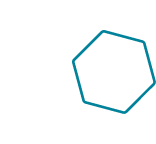
Nessus

NMAP
BurpSuite

Acunetix

OWASP ZAP

Metasploit
Wireshark

DBeaver

Rdp-Sec-Check

SNMPCHECK

AiR
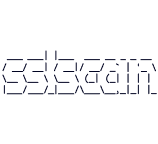
SSLSCAN
k6
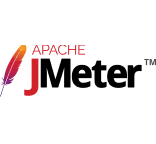
JMeter

Load Runner

Visual Studio

Rest API

GraphQL

Apiary
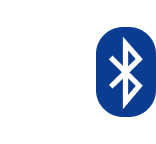
Bluetooth Low Energy API

Apple Pay

Google Pay
Apple Maps
Fingerprint API

Postman
Swagger

Charles Proxy
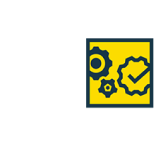
Ready API

ACCELQ

Katalon Platform

REST-Assured

SQL Server

MySQL
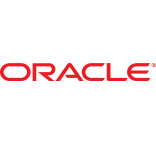
Oracle

PostgreSQL

Cassandra

MongoDB

RethinkDB

Amazon S3

Redshift

DynamoDB

Amazon RDS
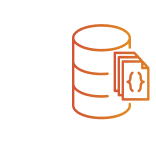
DocumentDB

Amplify

Lambda
Amazon EC2

Elasticache

Azure Datalake
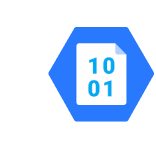
Blob Storage

CosmosDB
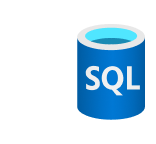
SQL Database
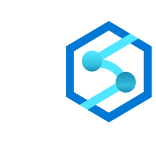
Synapse Analytics
Google Cloud SQL

Google Cloud Datastore

Awards and recognitions

Collaboration process overview
Initial contact
During our initial call, we aim to understand your testing requirements and goals
Assessment
We evaluate your current testing process and create a tailored plan to enhance it
Proof of concept
We offer a complimentary proof of concept, allowing you to experience our proficiency and expertise
Trial and evaluation of performance
We start a trial period with you, and once complete, we review the results together and discuss options
Contract signing and full-scale QA implementation
Upon mutual agreement, we move forward with the QA process by signing a contract and beginning work
Partnership with flexibility
Our engagement options give you commercial flexibility to dial up and dial down resources depending on your own needs
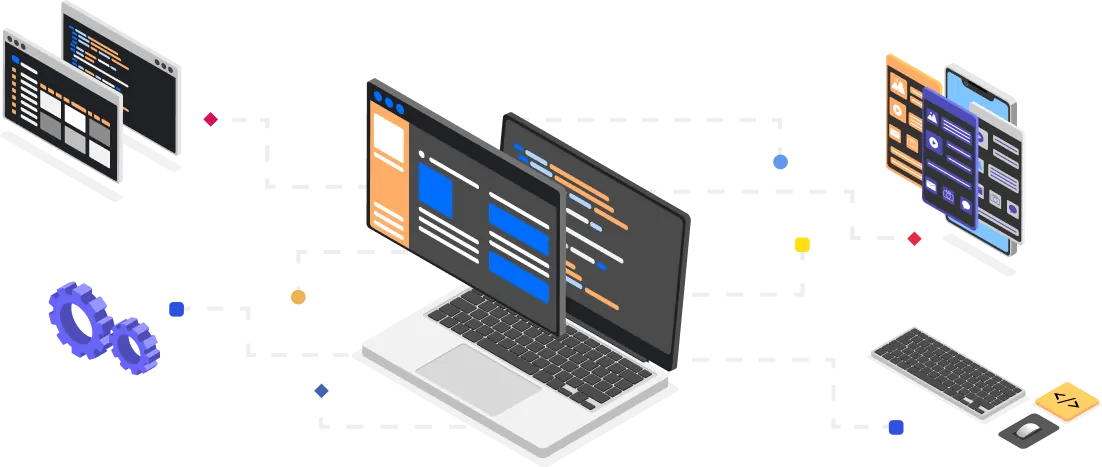
Let’s schedule a call
Flexible collaboration options allow you to choose the level of support that best meets your needs
Questions & answers

Why is ad hoc testing important?
Ad hoc testing is important because it helps uncover defects that may not be detected through formal testing methods. It mimics real-world user interactions and scenarios, providing valuable insights into the application's behavior under unpredictable conditions.
When is ad hoc testing executed?
Ad hoc testing is beneficial in various scenarios, including when you have limited time for formal test planning, when you want to validate specific functionalities quickly, or when you need to explore the software's behavior comprehensively.
What types of defects can ad hoc testing uncover?
Ad hoc testing can uncover a wide range of defects, including functional bugs, usability issues, compatibility problems, and security vulnerabilities.
How is ad hoc testing different from structured testing?
Ad hoc testing differs from structured testing because it doesn't follow a predefined test plan or set of test cases. It relies on the tester's intuition, experience, and creativity to explore the software's functionalities and uncover defects.
What are the advantages of ad hoc testing?
Ad hoc testing comes with a bulk of benefits, including:
- Quick identification of critical defects;
- Cost-effectiveness, especially in situations with limited resources;
- Mimicking real-world user interactions;
- Flexibility to adapt testing activities based on emerging issues.
Does ad hoc testing have any disadvantages?
While ad hoc testing can be effective, it also has some limitations, including the following ones:
- Lack of repeatability and consistency;
- Difficulty in measuring test coverage;
- Reliance on the individual tester's skills and intuition;
- Limited documentation of test activities and results.
How can I ensure the quality of ad hoc testing services?
To ensure the quality of ad hoc testing services, consider partnering with reputable testing providers who have a great track record of delivering high-quality results. Additionally, you can define clear objectives and expectations for the testing activities and provide adequate support and resources to the testing team.
Can ad hoc testing be integrated into an overall testing strategy?
Yes, ad hoc testing can be integrated into an overall testing strategy to complement formal testing activities. By combining structured testing with ad hoc testing, organizations can achieve comprehensive test coverage and improve the overall quality of their software products.


























